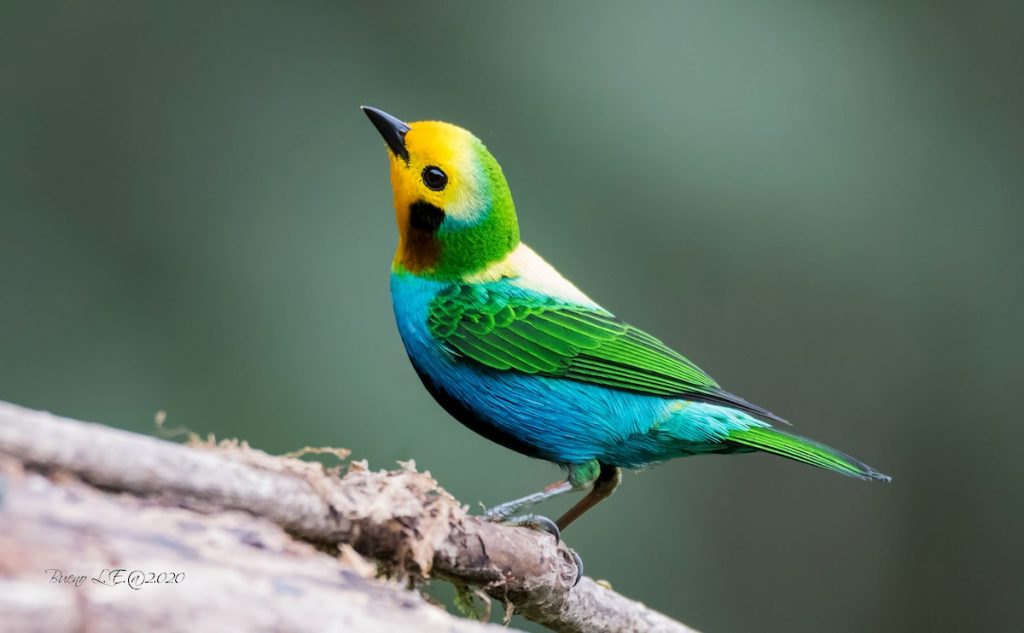Birdwatching is a common pastime among outdoorsy folks, from older individuals to young aviary enthusiasts. If you’re like me, you love to bring your binoculars on a hike and spot some birds when you hear their chirps. This art form/pastime takes much skill, patience and effort but much beauty results from it.
Birdwatching takes some preliminary research. Just as a sculptor needs to know what they are going to model, a birdwatcher needs to know what types of birds they are expecting to see. Of course, you never know exactly what birds you are going to encounter, but having a general idea of the birds common to the area you are watching is very helpful. That way, you’re not thrown off by any birds that look unfamiliar to you.
Before even knowing the birds of your region, it’s always a good idea to scout potential birdwatching areas. If you want to take your binoculars on a hike like I do, I suggest researching the trail that you plan on hiking and checking if birds are even going to be in that area. It’s a burden on your neck if you’re carrying binoculars and not using them.
Once you have gathered your binoculars, put on your hiking boots and begun walking a trail, you can start looking for birds. There are several areas of parks where different birds like to hang out. To watch birds that stay primarily in the trees, you can find an area where the tree cover is just thick enough that you can see into some branches but just light enough so that other branches aren’t blocking your view.
To watch birds that fly in open air, primarily birds of prey like hawks, eagles or falcons, you should find a trail spot that opens up over a large meadow, river or field. The sky should be visible with minimal tree cover. You should be able to look up and out and see a vast portion of blue or grey sky. This is helpful because not only are the birds going to be extremely visible, but your binoculars won’t interfere with any bushes or branches when you’re observing the creatures.
Birdwatching does not only include the work of the eyes; it includes the work of the ears as well. Knowing some bird calls isn’t necessary, but it’s a bonus when birdwatching, especially if you’re planning to record your bird sightings. Birds’ calls are some of the most common ways to identify a bird, especially if they’re not immediately visible. Knowing that taps on a tree mean that a woodpecker is near, knowing that screeches are most likely a bird of prey or an owl (if you’re birdwatching during dusk) and knowing that some birds, like catbirds and blue jays, may mimic other sounds or other birds are very useful pieces of information.
You may find birdwatching utterly exhausting or downright boring. Sometimes it takes all day to spot the bird you’re looking for. However, beauty takes time, and once you see that bald eagle flying over the river, you know that your work and wait has paid off.

